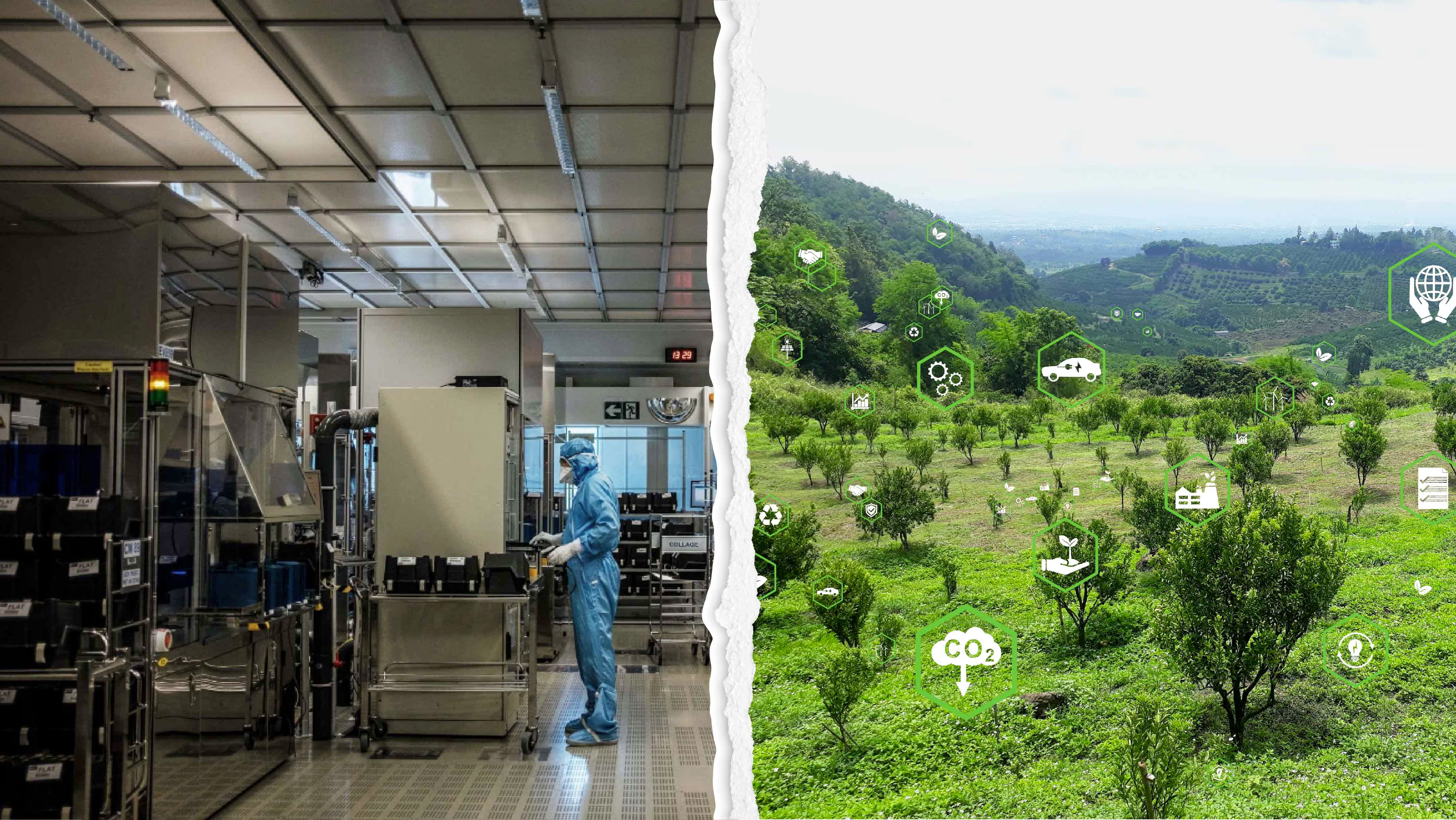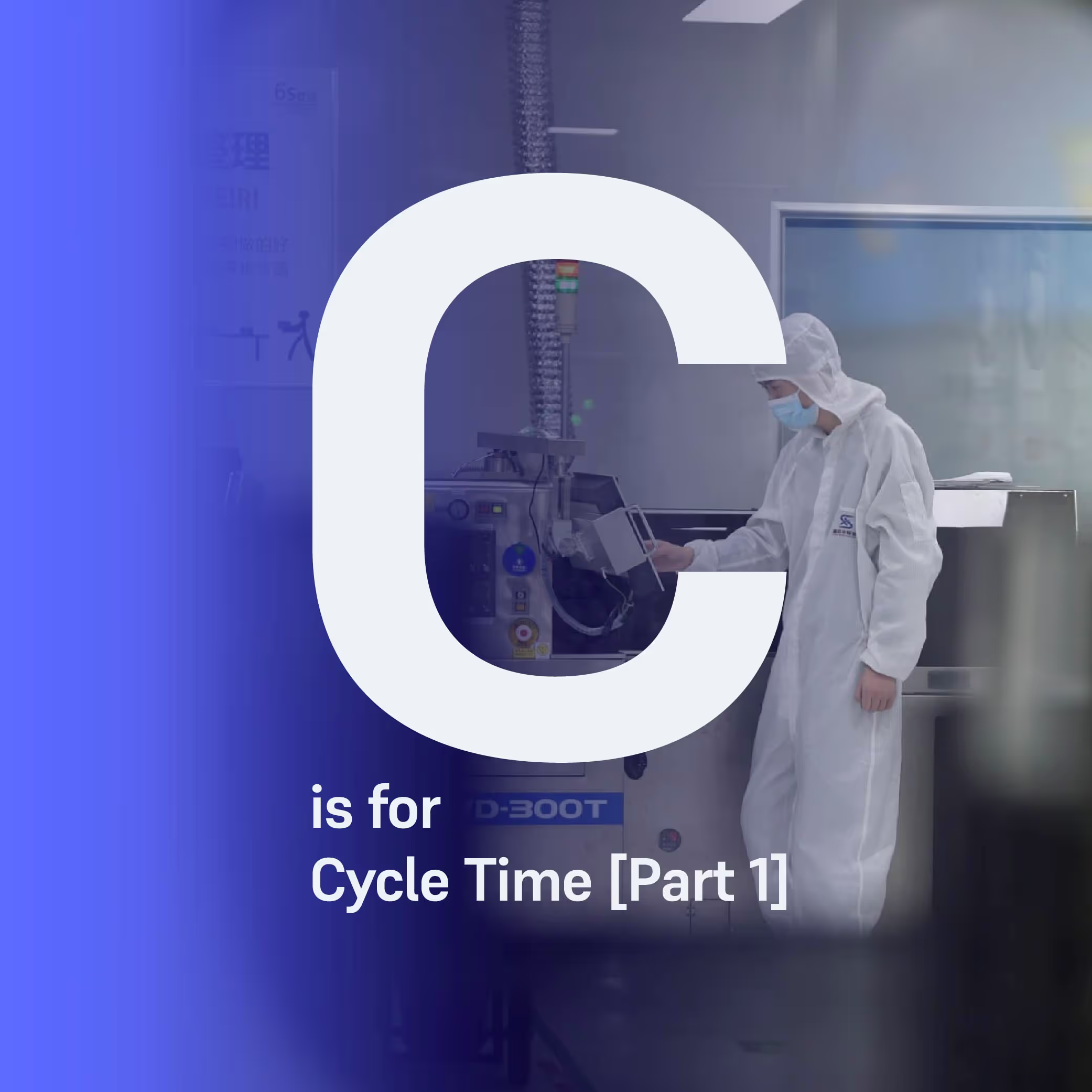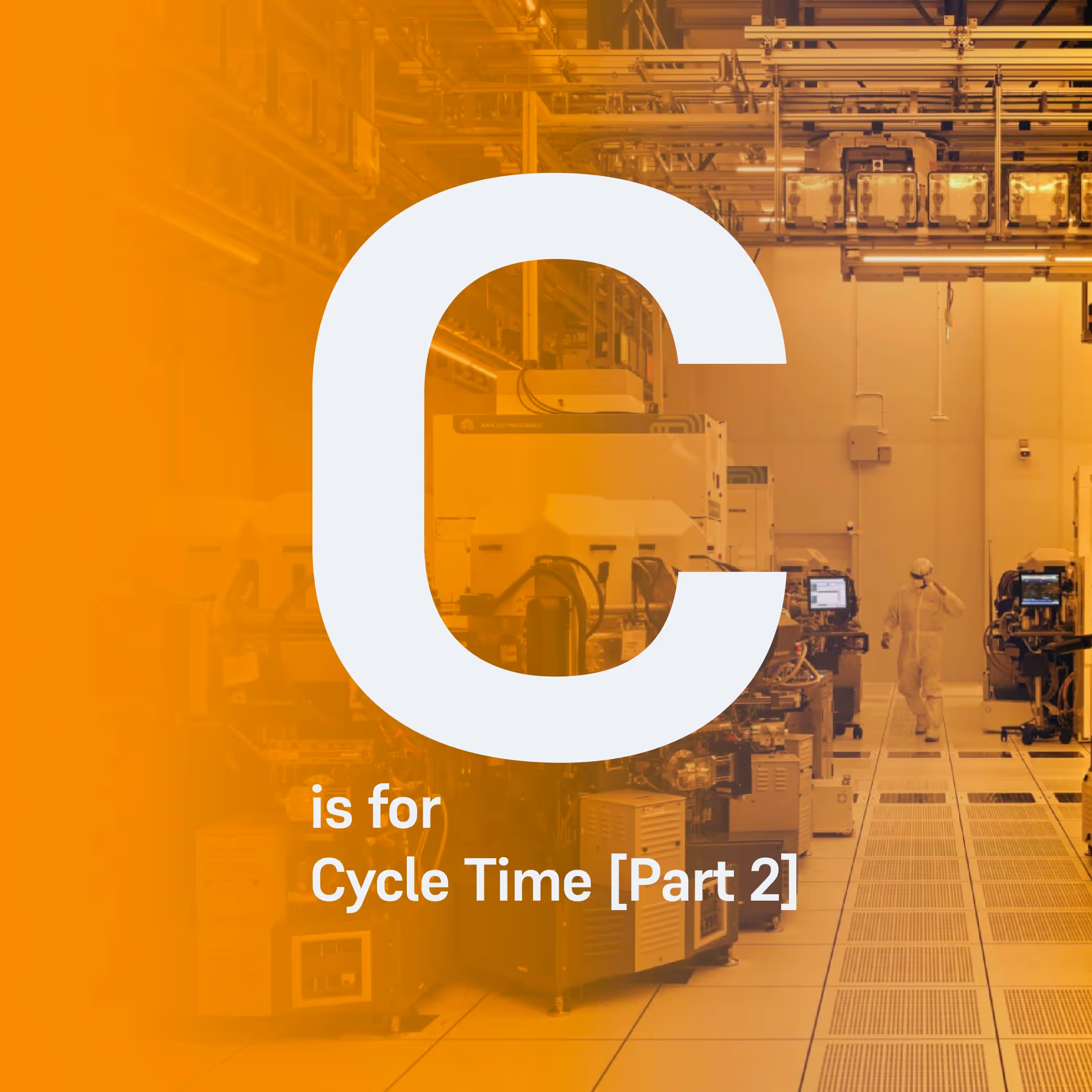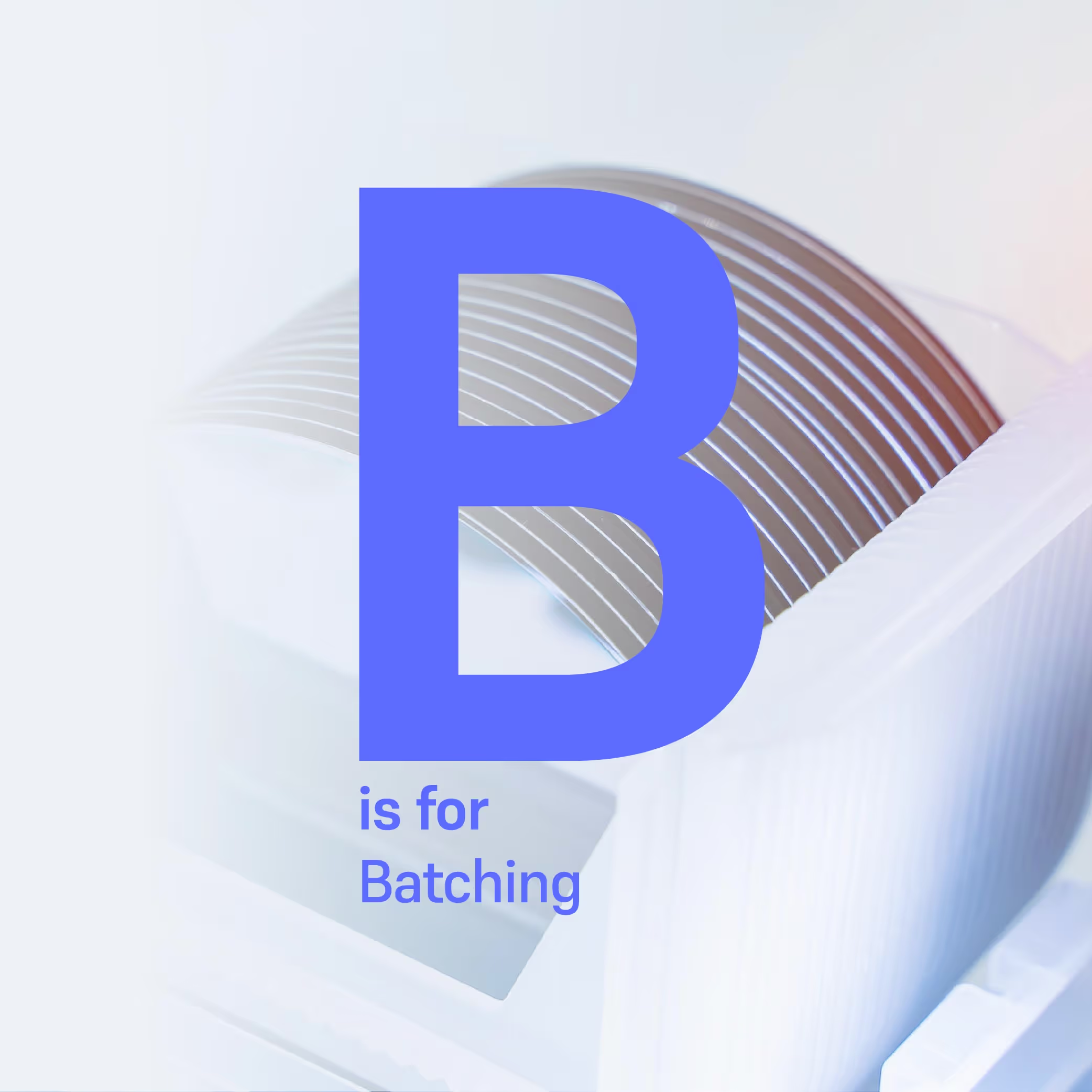The Pareto Principle of Wait Time
Because of bottlenecked toolsets, wafers will spend a great proportion of their cycle time queuing rather than processing. The longer or more uncertain the wait time, the higher risk of variability in the cycle time. This ultimately impacts the overall productivity of a fab.

In our previous blog, we talked about The Theory of Constraints. One of the principles being, the system is only as good as its weakest module - i.e. a bottlenecked tool or toolset.
Because of bottlenecked toolsets, wafers will spend a great proportion of their cycle time queuing (non value-adding) rather than processing. The longer or more uncertain the wait time, the higher risk of variability in the cycle time. This ultimately impacts the overall productivity of a fab.
The wait time challenge
The Pareto Principle (aka the 80/20 rule) implies that most things in life are not distributed evenly. The very same rule can apply to wait time vs processing time in fabs. We have carried out performance analyses of numerous fabs recently, and we have witnessed the Pareto Principle repeatedly across various wafer fabs.
It is obvious that in order to maintain high performance in a fab, wafers are required to be processed within a predictable time frame and in doing so, spend as little time as possible queuing. However, it is very common to observe a significant disproportion within cycle time, where the wait time is significantly longer to processing time. In some cases, we have seen wait/process time ratios of 70% to 30%, respectively.
If we can reduce the queue time, we can reduce cycle time. By drilling down the wait time, we repeatedly observed the Pareto Principle highlighting that ~20% of toolsets contribute to ~80% of all wait time.
The bottleneck tool is not always the root cause
In order to solve the wait time problem, we first need to identify where in the fab the wafers spend the most time waiting to be processed. Typically, the culprit toolsets are those which deal with wafer re-entry and possess challenging constraints that heighten the scheduling difficulty, such as photo, EPI and Implant.
Improving the sequencing or mix of WIP directly at the bottlenecked toolsets seems to be the obvious starting point. However, whilst the bottleneck toolsets are incurring the most amount of wait time, they are not always the root cause of the problem. This may occur elsewhere.
For example, if the toolset is being fed WIP in which the associated recipe is unavailable for the next few hours, then this WIP has no option other than to wait. The toolset becomes bottlenecked, however, the root cause was ineffective WIP management of toolsets upstream.
Optimizing WIP to reduce wait times
In order to reduce wait times at the bottleneck areas, we must control and optimize the WIP flow. This can be achieved by applying smart scheduling, which advises dispatch on the best real time decisions to take.
Smart scheduling can first be applied to the bottleneck toolset in question to drive local efficiencies that relate to the specific constraints and cost functions of that toolset. For example, you can use optimization to:
- Optimize batching decisions (the wait or not to wait dilemma)
- Optimize changeover sequencing
- Balance the toolset loading
By optimizing at a local level, you can achieve increases in efficiency, which leads to cycle time reduction. However, the scheduling is still at the mercy of which WIP is sent from upstream toolsets. The next step is to schedule toolsets globally (scheduling multiple toolsets together) so that the WIP mix arriving from upstream toolsets is optimally sequenced to facilitate the heavily loaded bottleneck.
Referring to the example in the previous chapter, by applying advanced global scheduling, the upstream toolset can be scheduled to prioritize WIP such that it matches the available recipe of the downstream toolset. As a result, the wait time at the bottleneck toolset can be reduced even further than if you had just optimized the toolset locally. Additionally, by having a better future forecast on where WIP will be, you can better optimize load port conflicts (IPP conflicts) and auxiliary resources (reticles at photo tools).
At Flexciton, our optimization strategy is to:
- Optimize local toolsets which incur most cycle time
- Expand to global scheduling to balance the entire system
Identifying the problem
By taking a global view of a fab, we can analyse the cycle time across the whole fab and begin to determine where to focus optimization efforts in order to improve cycle time KPIs.
At Flexciton, we have developed an analytical tool (Wafer Fab Performance Analysis), which uses historical MES data to provide a comprehensive view of fab performance. Using the tool, we are able to locate bottleneck toolsets across the fab and quantify the impact each toolset has on cycle time. Through this global analysis, we are able to recommend an optimization strategy outlining where cycle time improvements can be made.
Although fab managers are acutely aware of the overall efficiency of cycle time at their fab, employing the Wafer Fab Performance Analysis allowed us to accurately quantify the problem and pinpoint where efficiencies are lost.
Click here to get in touch and learn more about complimentary Wafer Fab Performance Analysis for your fab.
More resources
Stay up to date with our latest publications.







.avif)
.avif)















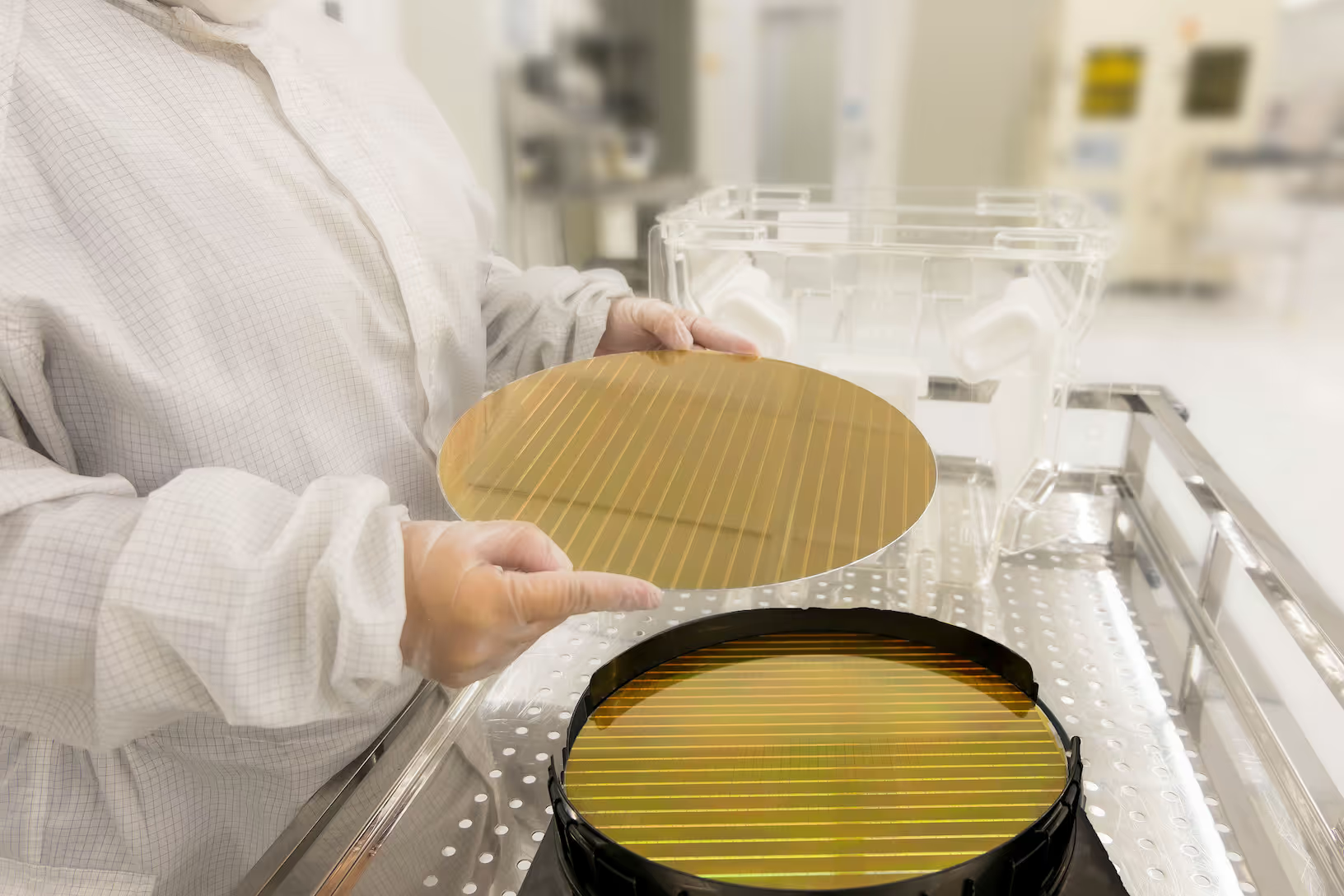





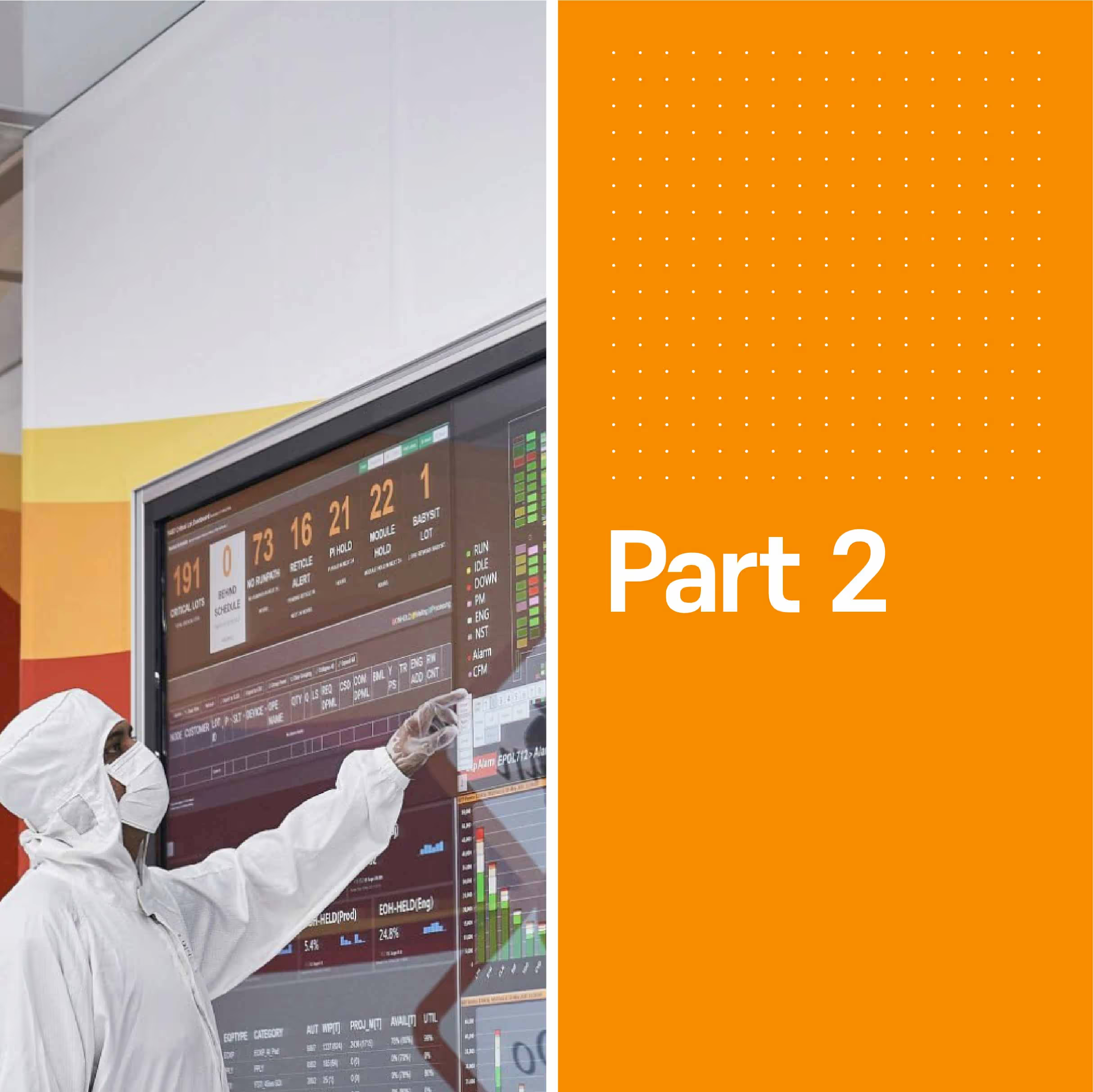







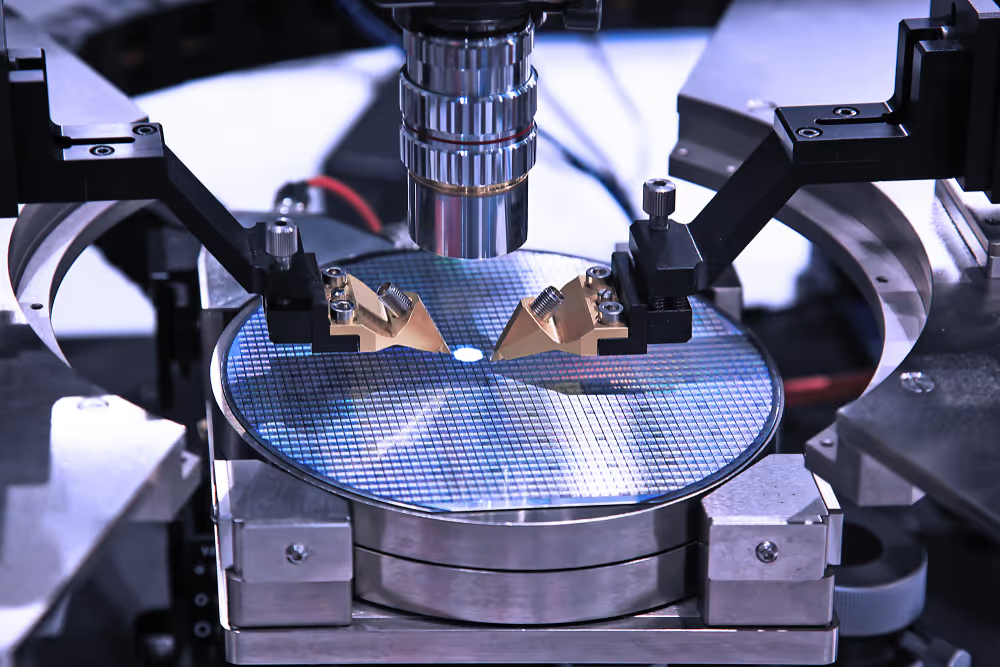
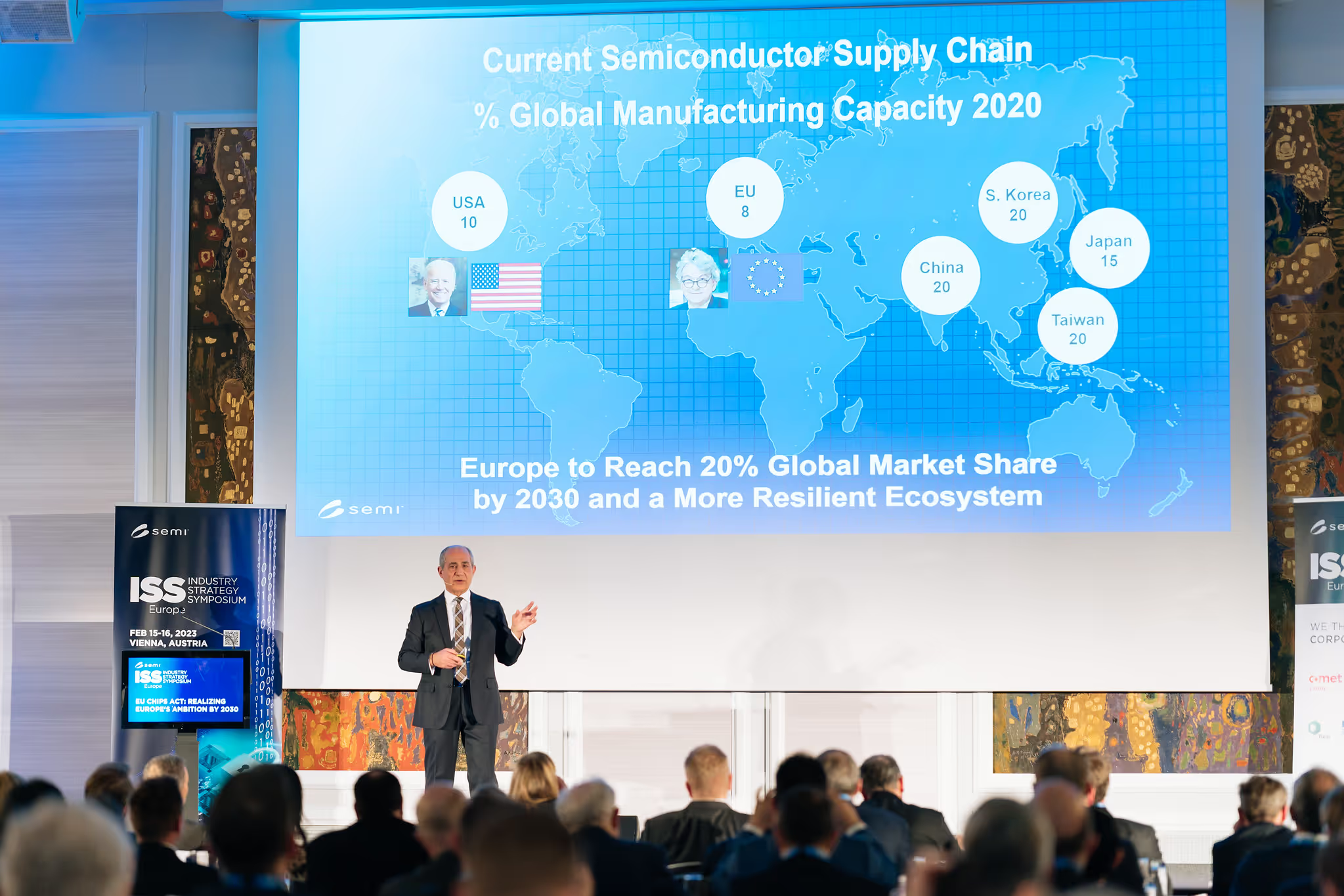

.avif)
